Pula, a city in the north of Croatia, is truly beautiful. More specifically, Pula can be found on the Istrian peninsula. In my opinion, it’s a must-see when you’re in this region of Croatia. The city’s unique atmosphere primarily derives from its numerous historical monuments. Despite being located on the azure Adriatic Sea, the city offers much more. Simply venture outside the city, and you’ll discover expansive beaches and quaint bays. Pula is an ideal destination for those seeking a combination of sightseeing and relaxation.
What can you see in Pula? The amphitheater, a major attraction of Pula that never fails to draw tourists, is undoubtedly its most important sight. This unique monument has stood the test of time, but that’s not all. In this post, I will share some of the interesting places hidden within Pula and explain why it’s worth a visit.
Table of Contents
The Amphitheater in Pula
Undoubtedly, the most renowned monument in Pula is the amphitheater dating back to the 1st century. This amphitheater is among the six largest and best-preserved Roman arenas worldwide. It’s a unique monument that has withstood centuries and bears witness to the vibrant life of ancient Rome. It’s certainly a must-see when in Pula.
During World War II, Italian authorities had intentions to dismantle and relocate the amphitheater. Fortunately, the astronomical costs associated with this project led to its abandonment.
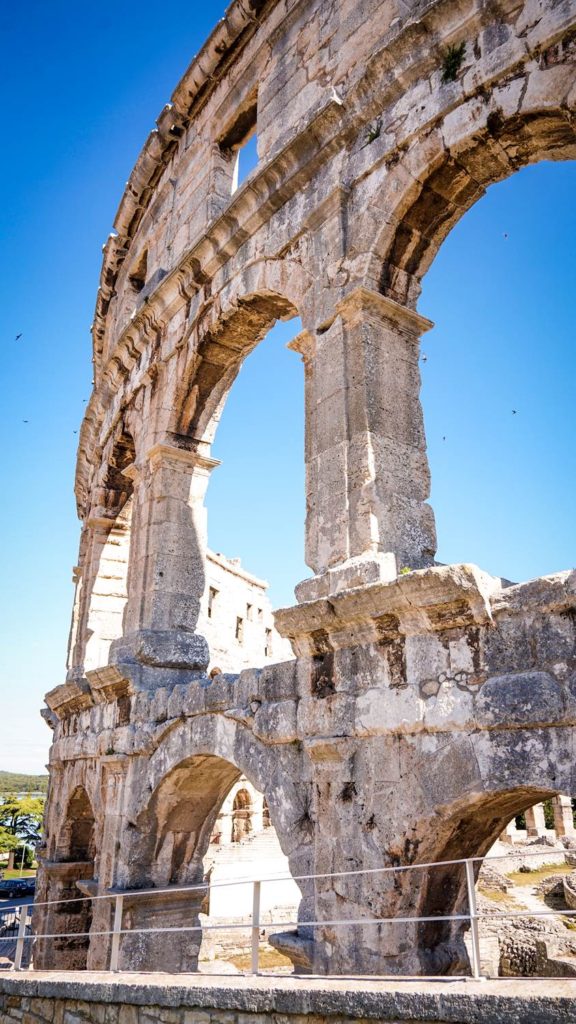
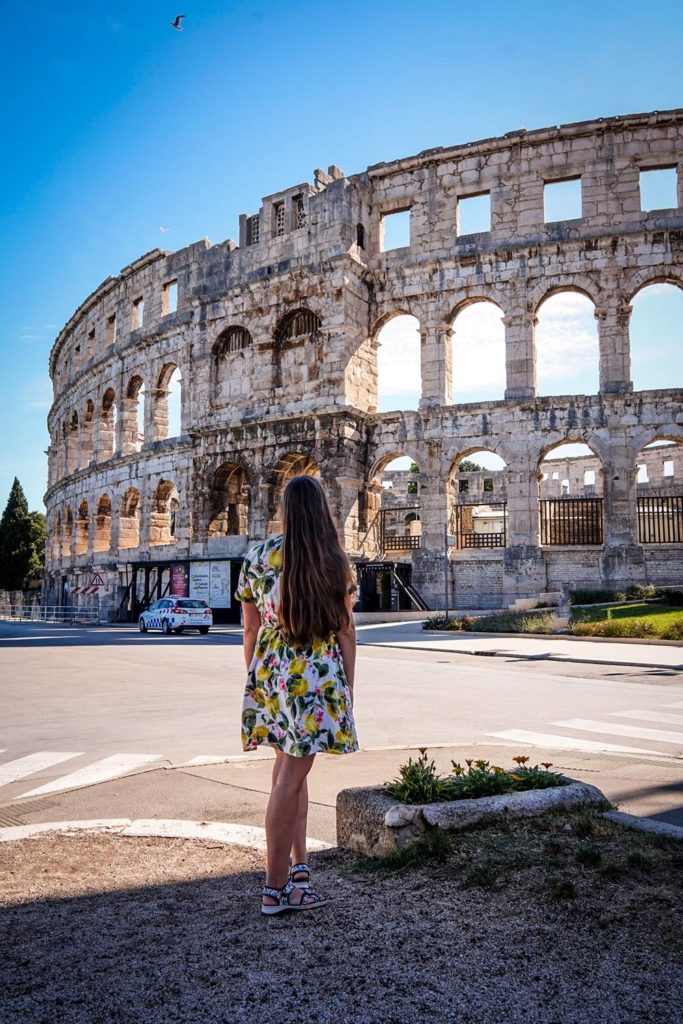
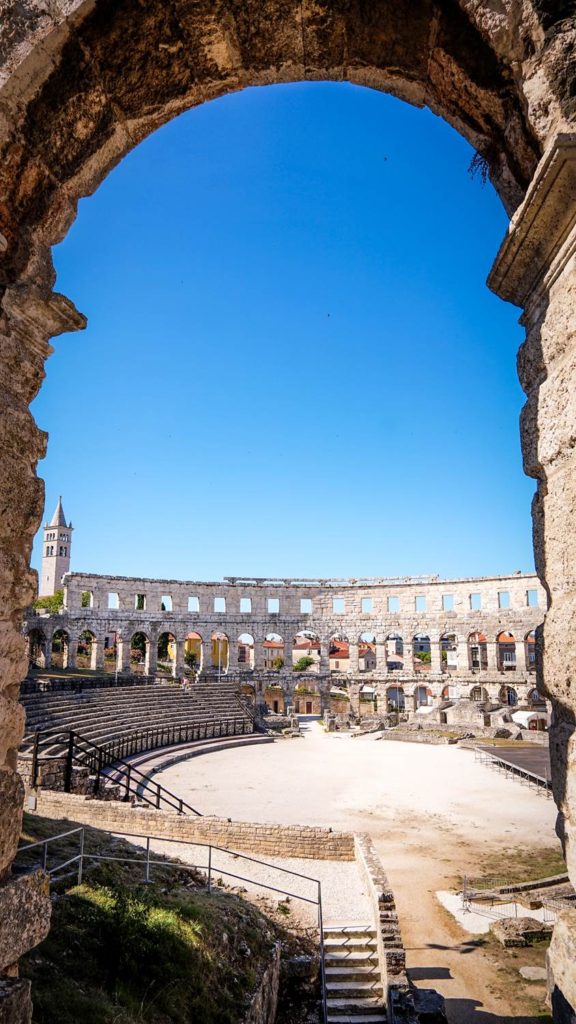
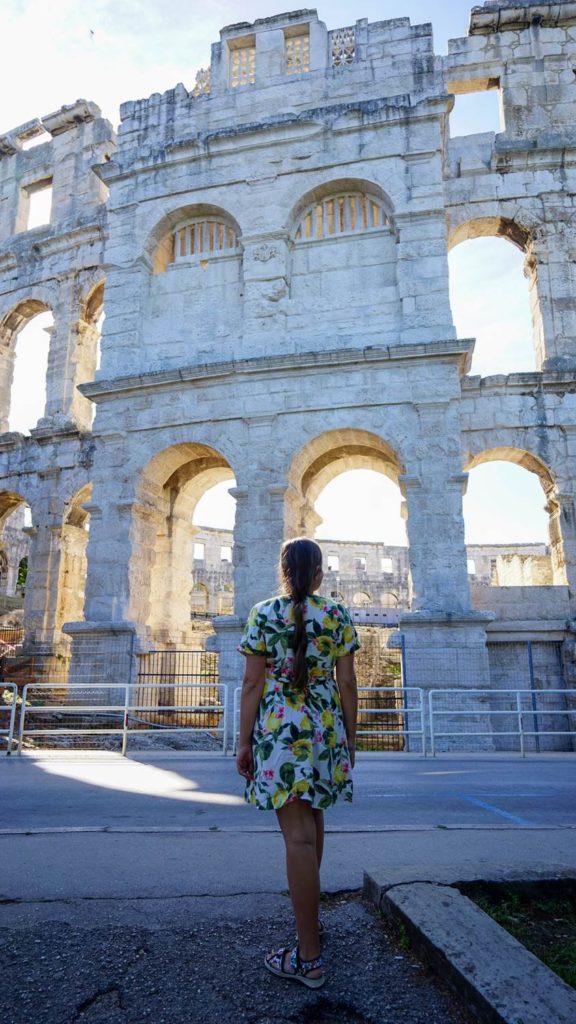
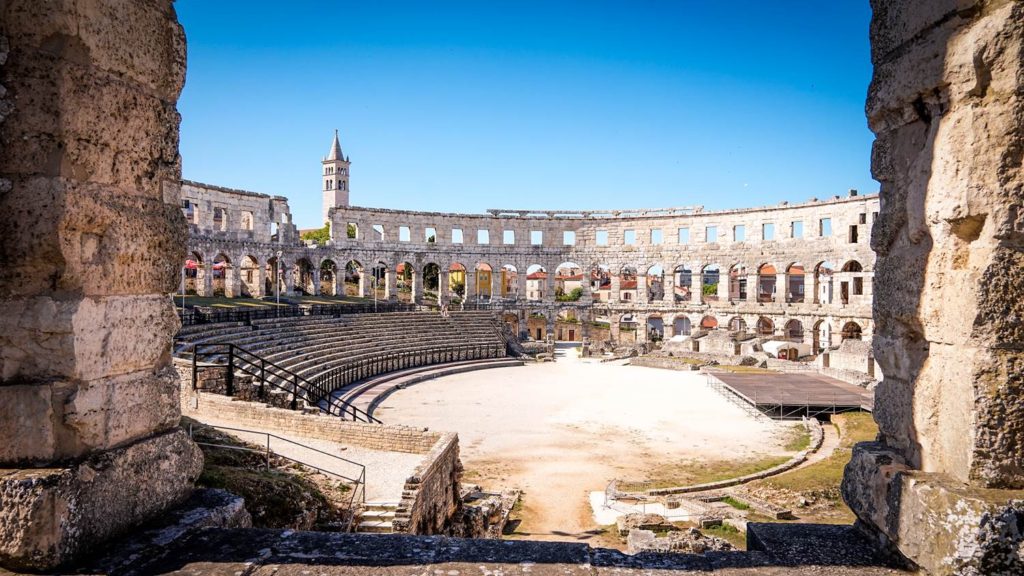
Forum
At the heart of the historic section of the city lies the Forum. This square traces its roots back to ancient Roman times when it served as the primary gathering spot for the city’s inhabitants. Today, the square continues to function as a hub for meetings and events, also hosting an array of cafés and restaurants. These eateries offer a range of culinary delights, from traditional Istrian cuisine to international specialties. It’s an ideal place to take a breather during your sightseeing adventure, where you can unwind, sip a coffee, and soak in the surroundings.
The Forum is encircled by several significant buildings, the most important among them being the Temple of Augustus.
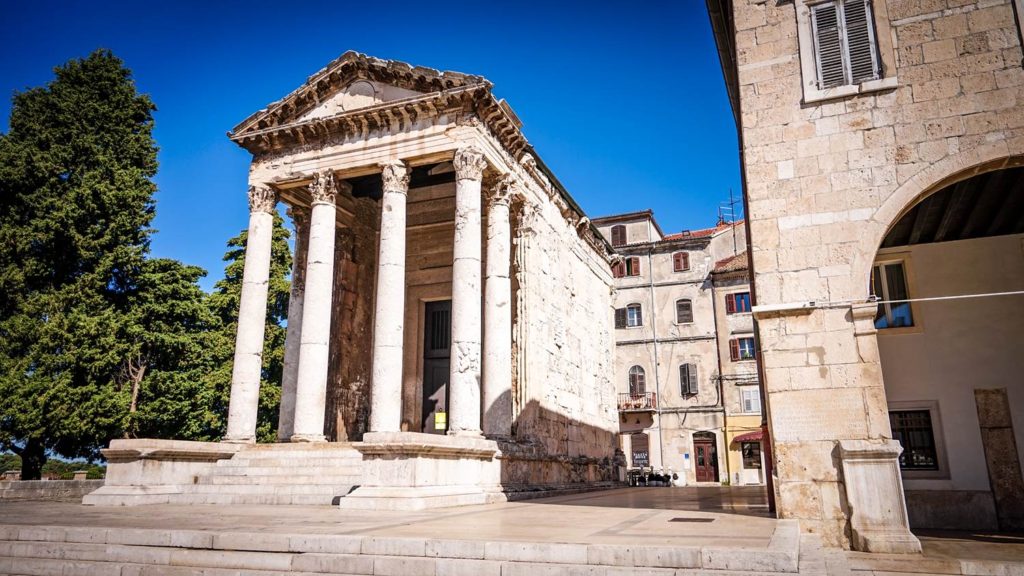
The Temple of Augustus in Pula
The Temple of Augustus is reputed to be one of the two best-preserved Roman temples outside Italy. However, it’s worth noting that the temple suffered bombing during World War II and was subsequently rebuilt. In my view, the Temple of Augustus is both strikingly beautiful and impressively monumental.
You may come across the name ‘Temple of Roma’ in some publications. What does this signify? Although the temple was dedicated to Augustus, the first emperor of Rome, its original construction was to honor Roma, the goddess who personified the city of Rome, and Caesar Augustus himself.
Here’s an interesting fact: During the Byzantine rule, the temple was converted into a church, contributing to its survival until today. Later on, this magnificent building served a more practical purpose as a warehouse.
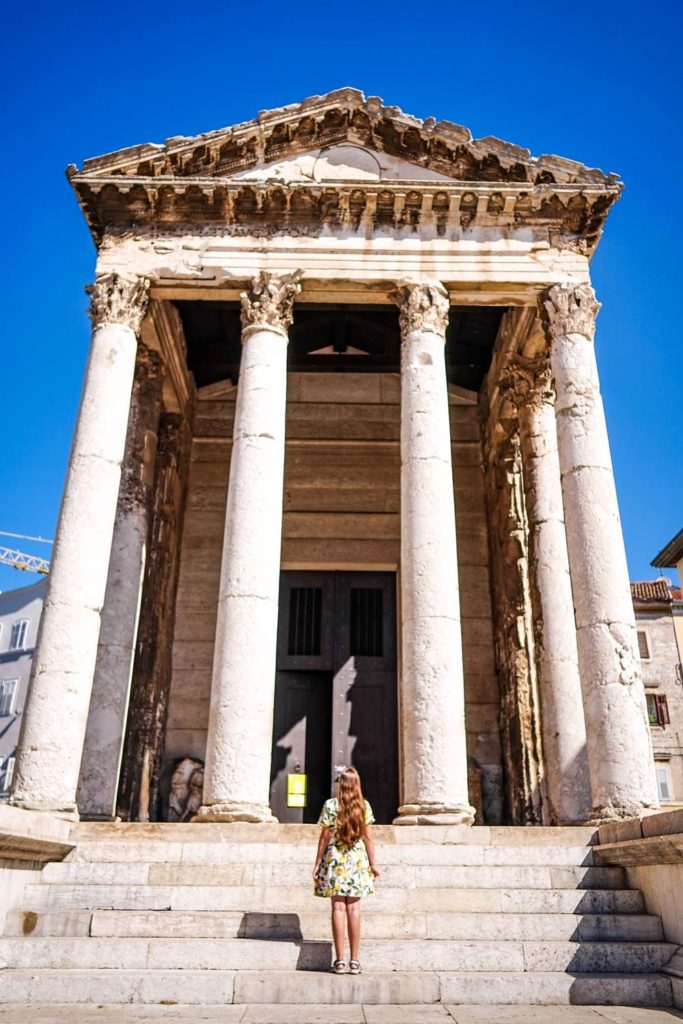
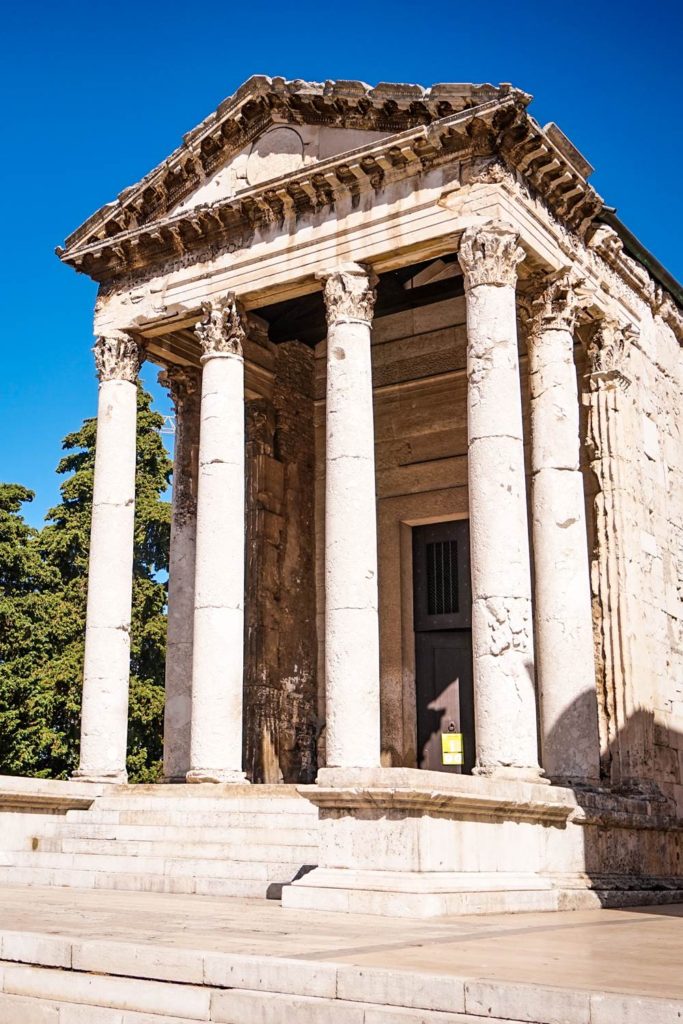
The Arch of Sergius
The Arch of Sergius, an ancient Roman triumphal arch, stands as another extremely notable monument in Pula. Originally erected as a city gate, this arch symbolizes the victory at Accius and commemorates the Sergius family, an esteemed patrician lineage in ancient Rome. Its construction is estimated to have occurred between 29-27 BC.
Monuments in Pula
When visiting Pula, two additional monuments that are certainly worth your time are the Twin Gate and the Hercules Gate.
- The Twin Gate, also known as the Porta Gemina, was constructed in the mid-2nd century, supplanting an earlier city gate. Remnants of the ancient city wall are also visible near this gate.
- The Hercules Gate, which harks back to the 1st century AD, features a distinctive bas-relief of Hercules wielding his characteristic mace.
Pula Harbor
A visit to Pula would be incomplete without a stop at the harbor. The absence of beaches in the city center can be attributed to this harbor’s location. It serves as the embarkation point for cruises to nearby islands and cities such as Venice and Trieste. These cruise services are typically available from June through September.
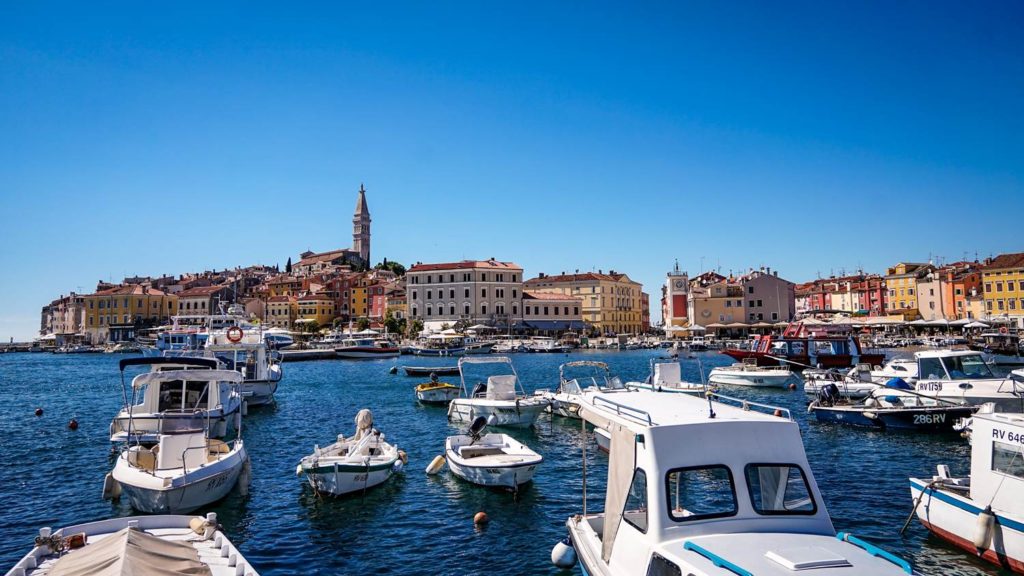
Fortresses and Forts in Pula
Pula and its surrounding areas are brimming with historical monuments, including forts from the Austro-Hungarian period. These enormous structures were principally built for defense. Despite no longer serving their military function, they continue to stand as reminders of a significant period in the region’s history. A notable example is Fort Bourguignon, situated on one of the city’s hills. Indeed, the city boasts a considerable number of forts and fortresses.
A short distance away lies Fort Benedetto, another embodiment of the advanced military architecture of its time. Although it no longer actively serves defensive purposes, its walls retain a robust appearance, as if prepared to confront possible invaders.
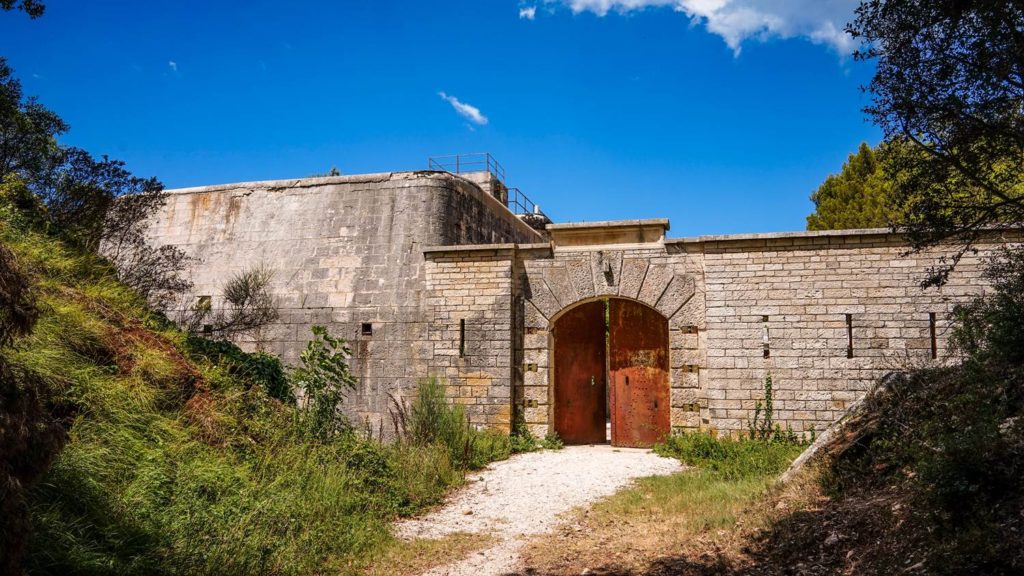
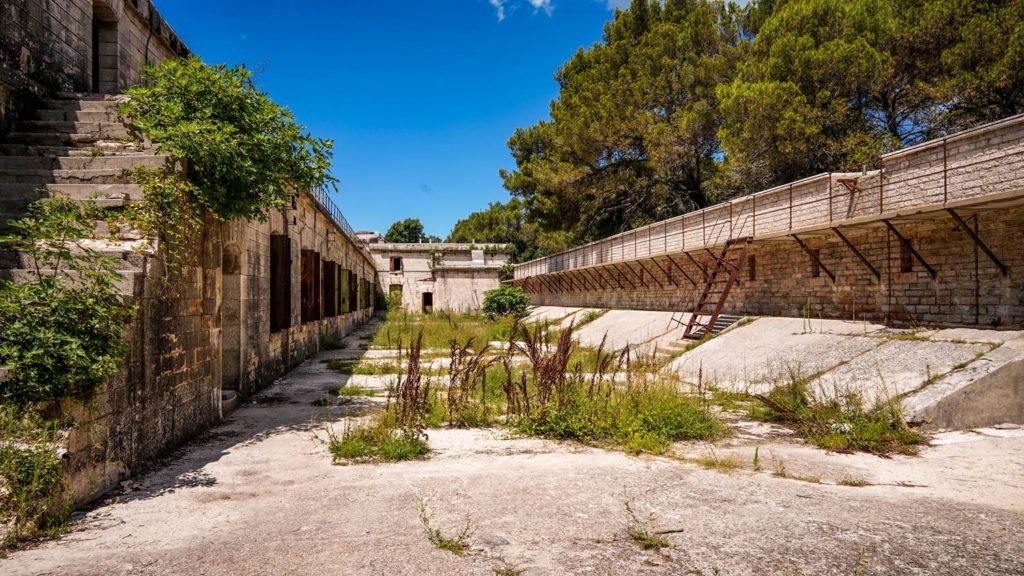
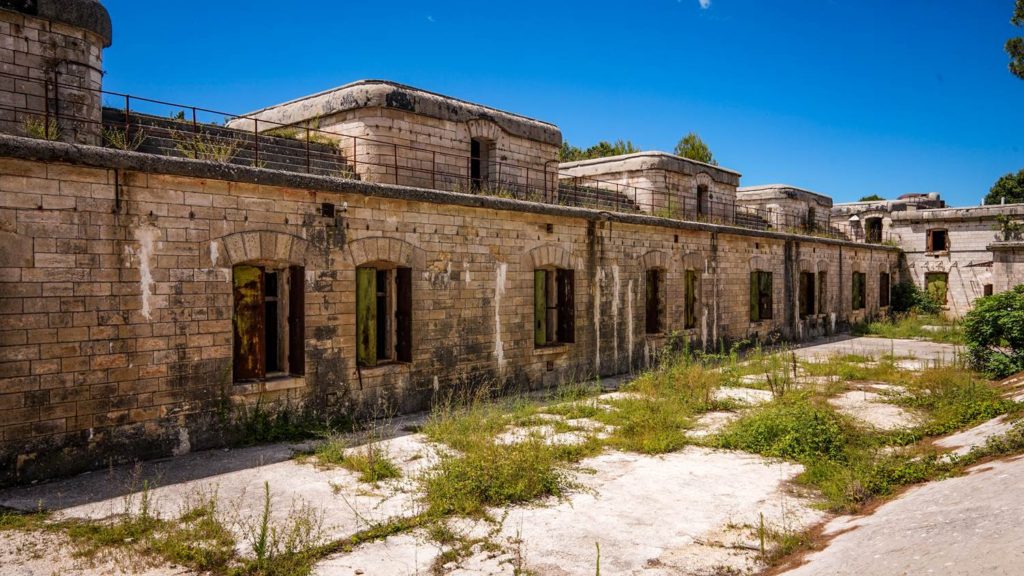
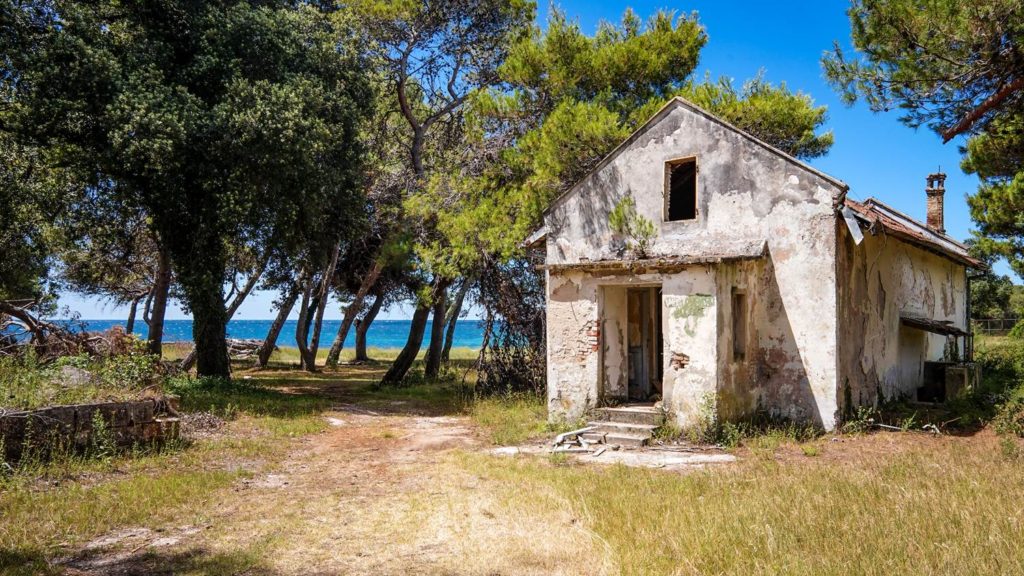
Beaches in the Area
In the Pula area, I have visited two beaches. Naturally, there are more, but I prefer not to recommend beaches I haven’t personally experienced.
Peroj Beach: Characterized by pebbles and clear waters, this beach offers stunning views of the blue Adriatic Sea. Though it is one of my favorites and a place I often recommend, it remains somewhat “off the beaten track.” While it is indeed beautiful, there is another beach that I recommend even more highly.
Barbariga Beach: This is a rocky, quiet, and less frequented beach. It’s where I enjoyed the best rest. The conditions are excellent for swimming and snorkeling.
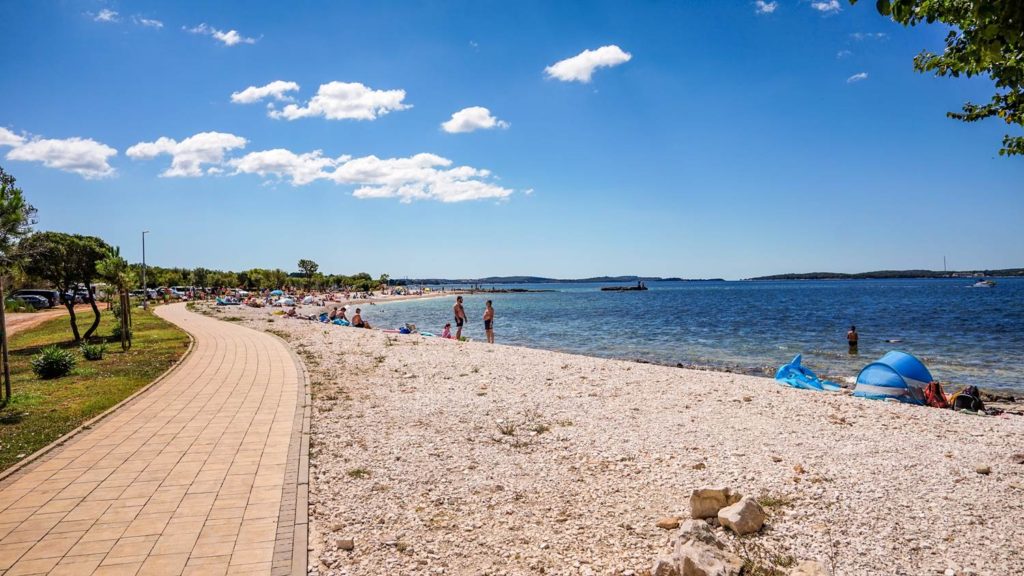
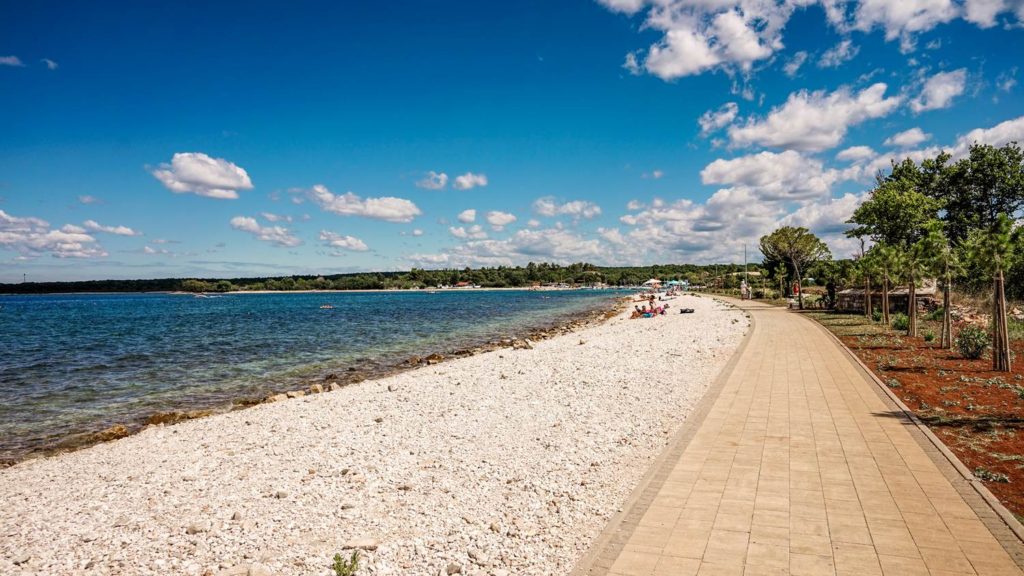
Other Attractions in Pula
Exploring the city by foot is remarkably delightful. I’m particularly fond of the old quarter with its narrow streets. Its charm and atmosphere make it stand out, and surprisingly, even during peak season, it does not draw large crowds.
However, these are not all the attractions Pula has to offer. Other noteworthy places to visit include:
- Zerostrasse, also known as the Underground of Pula
- The Pula Aquarium
- The Historical Museum of Istria
All of these attractions make Pula and its surroundings a destination well worth visiting.
Accommodation in Pula
The city offers a wide range of accommodations to suit various preferences and budgets. You’ll find numerous hotels, from luxury establishments providing a full range of amenities, including swimming pools, spas, and restaurants, to more budget-friendly options that offer basic services.
In addition to hotels, Pula also offers campgrounds, apartments, and houses for rent. For recommendations, please refer to the linked list [here].
What to See in Pula?
In essence, the prime attractions of Pula are its amphitheater and other ancient monuments. Moreover, the city and its surroundings offer a plethora of intriguing sites. Nearby attractions include the Brijuni National Park, the scenic town of Rovinj, and the historical city of Poreč.
Whether you’re a history enthusiast or someone who loves to bask in the sun and sea, Pula is a city that guarantees enjoyment.
For more places to explore in Croatia: